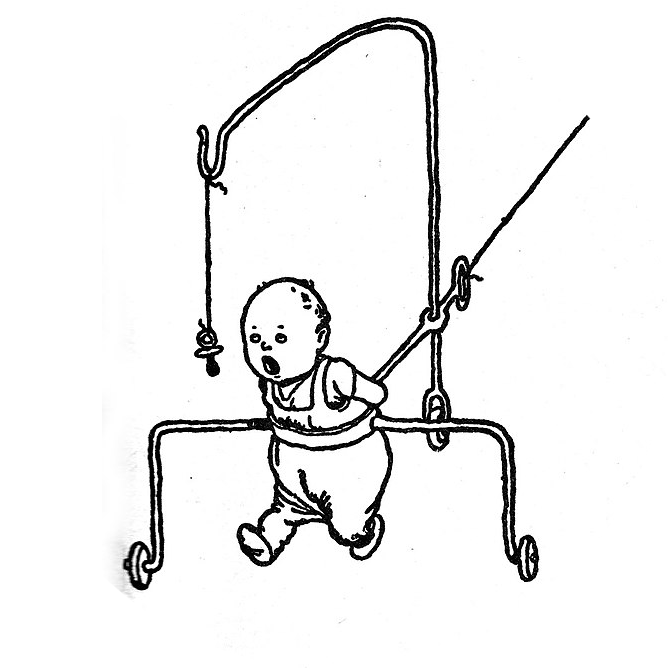

Many sedans in the US are quite a bit larger than their global counterparts. That also assumes that all sedans are somewhat fungible which also isn’t true. It’s common for foreign manufacturers to only introduce longer wheelbase versions of vehicles in the US but offer shorter wheelbases in Europe and Asia, thus includes sedans and coupes, but also minivans and trucks. I’d be somewhat interested in a VW id.Buzz, but aside from software issues they only offer the larger variant in the States which won’t even fit in my garage. Even the somewhat normal sized Ioniq 6 we got is way wider and longer than we’d ideally like, but there are no other options to get something in a saner size on Hyundai/Kias eGMP platform which has tons of benefits (higher voltage packs for faster charging, solid and relatively affordable technology options, and full V2L capabilities).







I tried a few and settled on Arctic on iOS. It’s got a great interface that gets out of your way but is still feature rich including swipe actions on posts and comments and a solid push notification system, and the developer is super responsive to feedback, pushing new TestFlight builds consistently with both features and bug fixes. It’s not perfect (there’s a stubborn bug that jumps posts that pops up on and off throughout builds) but it’s the closest in feel to Apollo for me.